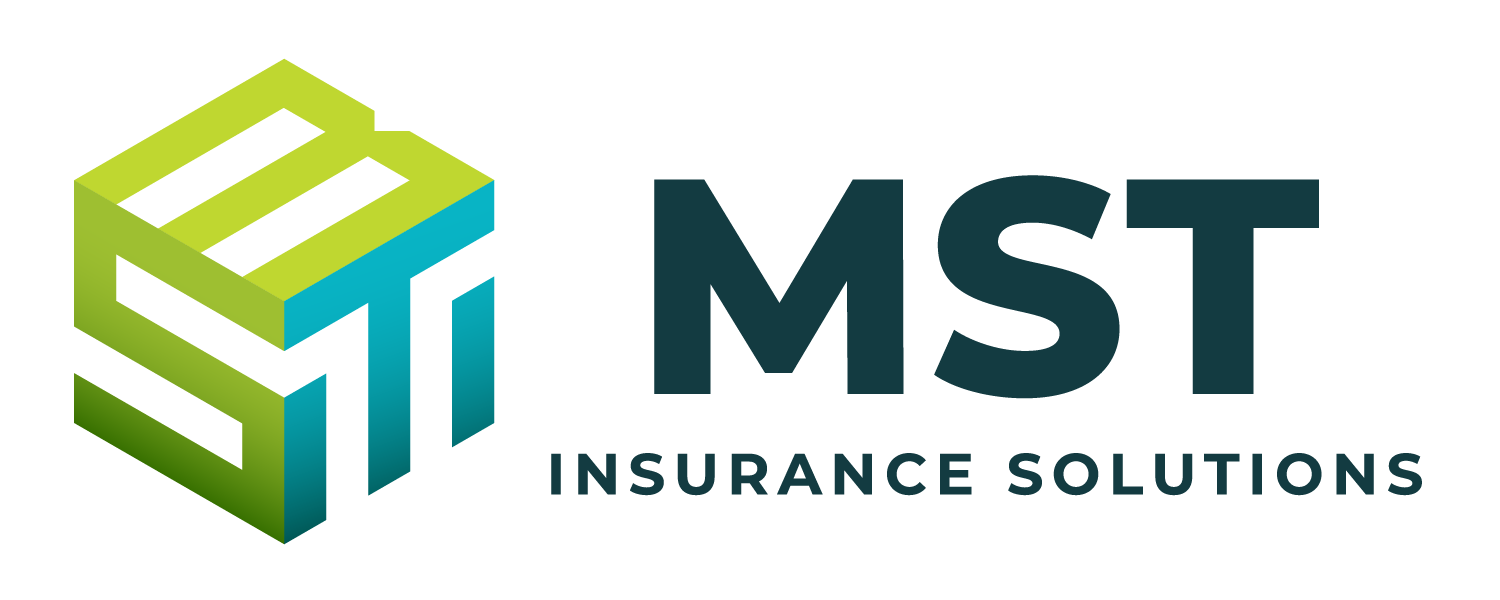Light at the end of the tunnel. That’s how many people view COVID-19 vaccination efforts, but we should guard against the belief that there will be a distinct “end” to the pandemic’s impacts. It’s not that clear-cut.
Employers will face repercussions for quite a while, even if their workforce stayed relatively safe from COVID-19. The problem is that the pandemic has changed employees physically and mentally in ways that haven’t been adequately addressed.
For example, recent data suggest the pandemic accelerated substance use and mental health conditions. It’s also no secret that many people have settled into more sedentary lifestyles and are avoiding important preventive and maintenance health care. Even before COVID-19, some experts predicted the number of people with three or more chronic diseases would grow to 83.4 million by 2030. The pandemic appears to have accelerated deteriorations in health for those with chronic conditions.
As the world starts to re-open after an unsettling year (or more than a year, really), many people will look and feel different. They’ll also be different. We should expect people to emerge from the current pandemic less healthy than their employers or doctors imagine. By late 2021 or early 2022, these factors likely will conspire to put health care risk-holders, including plan sponsors, in a tough spot with the “illness triad”: higher health costs and more absenteeism and presenteeism.
To overcome these challenges, benefits advisors and their employer clients have an opportunity to help their workforces reduce complications from the single largest driver of health care spending—chronic conditions. Most chronic conditions are manageable, but the key to successful chronic disease management and prevention is sustained behavior change.
Improve chronic conditions through behavior change
Generally speaking, chronic health conditions are those that persist for at least six months. Diabetes, hypertension, musculoskeletal and behavioral health conditions are common examples. Not only do most people have more than one chronic condition, but these conditions tend to interact with each other along with sedentary lifestyles, stress, and diet. They are also affected by the failure to effectively use maintenance care, as we’ve seen during the pandemic.
In the last year, we’ve asked a lot from our health care providers, who will now also continue to play a key role in addressing this widespread pandemic-driven health deterioration. However, these worsening health issues can’t be solved through provider visits alone. In response to the pandemic, a lot of care shifted to telehealth. But telehealth visits have their limitations, such as lack of access to the necessary technologies for gathering and interpreting data to support clinical recommendations. Also, like in-person visits, a telehealth visit is a discrete event at a coordinated time. While provider visits are indispensable, people don’t live in their doctors’ offices. It’s our daily choices—our behaviors—that have the biggest impact on chronic conditions and overall health outcomes and these all occur in the 99.9% of time that people are not in a provider visit.
We must make it easier for people to do the right things for their health, despite the everyday obstacles that often get in the way. Digital therapeutic technologies help by allowing virtual care to exist wherever people are. Digital solutions that integrate behavioral and data science are uniquely poised to influence health as employees go about their daily lives. One study published in the Journal of Medical Internet Research (JMIR) Diabetes, for instance, revealed a 43% improvement in blood glucose levels following increased digital engagement with these technologies.
Of course, that doesn’t mean all digital therapeutic solutions will be universally beneficial. The relationship between digital engagement and health conditions is complex. Many digital solutions have gained traction in the marketplace by influencing employer or health plan behavior, without solving the most important problem: the employee behaviors that drive costs and outcomes.
Put another way, even the best apps fail to improve outcomes if employees don’t use them. So, it’s essential to evaluate digital health apps and services through the lens of employee engagement.
What to look for and questions to ask
People gravitate toward tools that are simple and convenient, but merely getting employees to sign up for a digital solution isn’t the same as engaging them. Sustained behavior change requires technology that offers what consumers want, when and how they want it.
The problem for plan sponsors is making sure they aren’t overwhelmed with solutions that under-deliver. To that end, advisors can help employers find solutions that consumers like and use with little or no friction; are clinically validated; have a low operational lift; produce proven ROI; align on risk; are interoperable and secure; and provide data visibility. Here are four questions brokers and employers should ask solution providers:
1. What is your direct-to-consumer experience? Consumer products only survive if people love and use them enough to buy them. They have to deliver sustained value. In general, health care seems to miss this point. Digital health platforms with successful track records in the direct-to-consumer space have already solved the toughest and most crucial challenge: creating a valuable and engaging user experience that people chose to willingly use.
To evaluate an application’s direct-to-consumer journey, ask follow-up questions including:
- Is the solution sold directly to consumers through app stores? (If not, why not?)
- How many people already pay to use this solution?
- What kind of consumer reviews does the solution earn on the Apple or Android app stores?
- What are the solution’s enrollment, use and retention rates? (“Enrollment” and “use” are not the same thing; Many users may have signed up for an application. How regularly they actively engage with it is a more relevant metric.)
There’s little extra lift to sell a technology to consumers, even if it’s targeted primarily at the employer market. So, be skeptical if a product is not available to consumers. Also, be wary if its reporting capabilities aren’t longitudinal or granular enough to provide detailed metrics.
2. How does the solution apply behavioral science principles? Scientists and clinicians know a lot about what makes people try or avoid new things, and what makes habits form and stick. However, that behavioral science knowledge is seldom applied. Technologies may claim to leverage behavioral science, but a closer look under the hood shows that most of them really don’t. To assess whether a solution is based on sound behavioral science, ask follow-up questions such as:
- Which behavioral health principles does the application rely on—and why?
- What research does the application follow—and why?
- Who are the development team’s behavioral science advisors?
- How does the solution tie behavioral science into its various components?
Behavioral science includes several different areas, including (among many, many others) gamification, rewards and incentives. The goal is to understand which components are implemented in the solution, how and why.
3. Does the solution leverage dynamic personalization of the interventions, or just statically personalized nudges? It’s well known that one size doesn’t fit all in health care, even among people with the same health condition. Yet most digital health solutions are not personalized in any meaningful way. Some applications “nudge” people with content based on an analysis of similar populations, which was a breakthrough in first-generation digital health applications. This type of personalized communication has proven to be very helpful in driving some user’s engagement. But health care is more than just communication, and static approaches to personalization discount important changes in how users prefer to engage.
Dynamic personalization takes into account how individuals change over time. After all, the same employee may have different preferences from day to day, week to week, month to month, or year to year. Creating an intra-personal experience that drives engagement and behavior change over time requires a solution that dynamically adapts six dimensions—time, tone, content, channel, frequency and intervention. To determine whether a solution offers dynamic personalization of user journeys or just static personalization of nudges, ask additional questions such as:
- How does the technology adapt to intra-personal differences –i.e., differences over time?
- Can you show me how a user’s journey—not just communications– will change as they change preferences over time?
- Along how many domains does the solution personalize?
4. What proven clinical outcomes has this solution delivered? The previous questions seek to uncover how a solution works. Ultimately, though, employers need proof the solution will help improve the health of their employees. The best way to ensure a solution delivers is to ask whether its outcomes have been tested and validated through research studies. Be sure to go deeper than just surface details by asking:
- Are the outcomes studies published in peer-reviewed journals? (Peer-reviewed research is more trustworthy because experts in the field scrutinize it before it’s published.)
- Does the research involve long-term studies or short-term studies? (The longer a solution can prove results, the better.)
- How many users were involved in the research? Smaller studies are less useful—where possible, look for studies with tens of thousands of users.
- Are they replicated studies or single studies? (While a single study is valuable, replication helps prove the validity of the original study.)
- How significant are the clinical advances indicated by the research? In other words, how much better off are people who use the solution vs. those who use other solutions or those who do nothing?
Look especially for improvements in the clinical metrics tied most to the overall health and costs of each specific employee population. For instance, if there is a high incidence of diabetes in an employee population, see how the digital health technology impacts factors such as hemoglobin A1c levels. In musculoskeletal conditions, look for improvements in pain scores. For behavioral health conditions, look for reductions in validated symptom severity instruments. Finally, insist on using a solution yourself before committing your employees to use it.
Change behaviors, improve outcomes
It’s tempting to think about the “end” of the pandemic. However, benefits advisors and plan sponsors can’t afford to overlook the fact that employees who have struggled with preventive and maintenance health care over the past year are likely to emerge with more costly, complicated and chronic health conditions.
The key to successfully managing chronic disease — and thus lowering costs, absenteeism and presenteeism — is sustainable behavior change. It’s not easy. It requires dynamic, highly personalized engagement. That’s why digital solutions that integrate behavioral science and data science are in such a unique position to drive impressive results and serve as an asset to employers and their employees.
As Chief Medical Officer at DarioHealth, Dr. Manejwala leads clinical delivery and quality and provides support to the product and sales teams. He brings decades of experience working with patients to achieve behavior changes that result in health improvement. In addition, he has spent the last decade working with health plans and other payors to deliver value added clinical programs at the intersection of chronic conditions and behavioral health.

